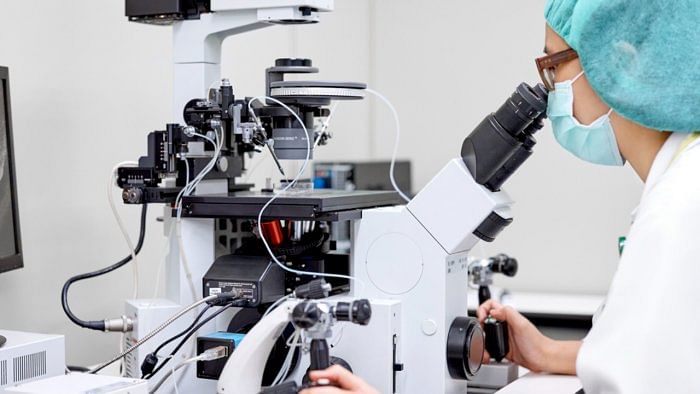
An announcement about the creation of the first human synthetic embryo models has created some excitement in the scientific community. The specific cause of interest was that the embryos were developed not from the union of sperms and eggs, but from embryonic stem cells in a lab. The development could help scientists decode the mysteries of the early stages of human embryo development. The breakthrough was achieved by two teams of scientists from the University of Cambridge, UK, and California Institute of Technology, US. The scientists have stated that the embryonic structures they have made are more advanced from those made in previous efforts. Last year, Israel’s Weizmann Institute had managed to create from stem cells of mice embryo-like structures with an intestinal tract, the beginnings of a brain, and a beating heart. This year, researchers in China created synthetic embryos from monkey cells and implanted them into the wombs of adult monkeys, but they did not sustain beyond a few days.
Scientists say these structured embryos, which mimic the earliest stages of human development, could help to understand the impact of genetic disorders and the biological causes of recurrent miscarriage. That period is called the ‘blackbox’ stage of development of the foetus. Scientists are now not allowed to cultivate embryos beyond a period of 14 days. They try to understand foetal development by studying pregnancy scans and embryos donated for research. The model that has been developed will help to study it without the need for early embryos. The structures reached the stage when the embryos form distinct cell lines. At that stage, an embryo does not have a beating heart, gut or beginnings of a brain, but the model showed the presence of primordial cells that would develop into the cells of egg and sperm and typically go on to form the placenta, yolk sac and the embryo itself. This has raised the question whether these structures have the potential to grow into living beings.
That possibility, however distant now, raises legal and ethical questions about the present research and the direction in which it may move. There is no immediate prospect of the synthetic embryo being put to clinical use. The present laws also do not allow them to be implanted in a human womb. But the science is moving ahead of the law and the legal vacuum needs to be filled. There is the demand that for a start, some guidelines be drawn up to govern the work on synthetic embryos. Basically, the issue is again whether such research involves ‘playing God’ and whether the consequences will be within our control.